-
 Bitcoin
Bitcoin $113900
0.81% -
 Ethereum
Ethereum $3472
0.21% -
 XRP
XRP $2.898
1.45% -
 Tether USDt
Tether USDt $0.0000
0.04% -
 BNB
BNB $748.0
0.32% -
 Solana
Solana $162.1
0.13% -
 USDC
USDC $0.9999
0.02% -
 TRON
TRON $0.3256
0.52% -
 Dogecoin
Dogecoin $0.1989
1.70% -
 Cardano
Cardano $0.7255
3.59% -
 Hyperliquid
Hyperliquid $38.00
1.15% -
 Stellar
Stellar $0.4002
7.96% -
 Sui
Sui $3.422
1.21% -
 Chainlink
Chainlink $16.22
2.48% -
 Bitcoin Cash
Bitcoin Cash $540.4
1.98% -
 Hedera
Hedera $0.2466
6.42% -
 Ethena USDe
Ethena USDe $1.001
0.03% -
 Avalanche
Avalanche $21.39
0.66% -
 Toncoin
Toncoin $3.621
1.12% -
 Litecoin
Litecoin $109.5
0.60% -
 UNUS SED LEO
UNUS SED LEO $8.953
-0.07% -
 Shiba Inu
Shiba Inu $0.00001221
2.27% -
 Polkadot
Polkadot $3.589
2.06% -
 Uniswap
Uniswap $9.124
2.03% -
 Monero
Monero $294.4
0.24% -
 Dai
Dai $1.000
0.02% -
 Bitget Token
Bitget Token $4.322
0.76% -
 Pepe
Pepe $0.00001046
2.30% -
 Cronos
Cronos $0.1327
3.25% -
 Aave
Aave $257.5
1.79%
How to play staking on Upbit? Is the return high?
Staking on Upbit lets you earn passive income by locking up cryptocurrencies like ETH2, XTZ, and ATOM, with potential annual returns of 4-10%.
May 21, 2025 at 08:29 am
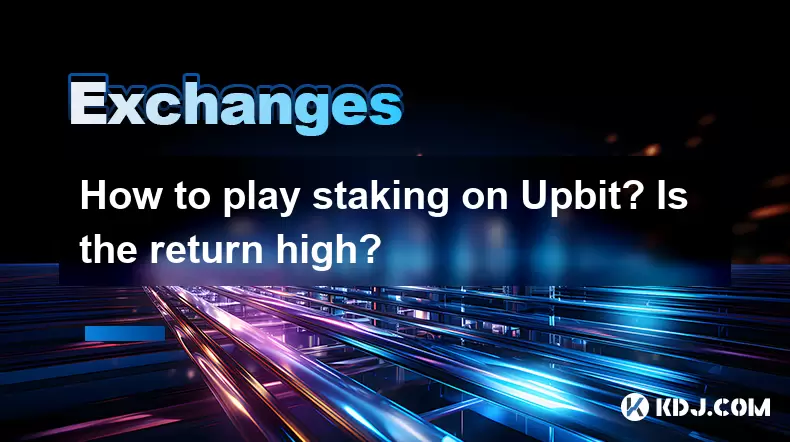
Staking on Upbit is a popular way for cryptocurrency enthusiasts to earn passive income by participating in the validation process of blockchain networks. This article will guide you through the process of staking on Upbit, explore the potential returns, and provide detailed insights into what you can expect.
Understanding Staking on Upbit
Staking is a process where you hold and lock up your cryptocurrencies in a wallet to support the operations of a blockchain network. In return, you receive rewards, usually in the form of additional tokens. Upbit, a leading cryptocurrency exchange, offers staking services for various cryptocurrencies, allowing users to participate in this lucrative opportunity.
To start staking on Upbit, you need to have a registered account and hold the supported cryptocurrencies in your Upbit wallet. Upbit supports staking for several popular cryptocurrencies, such as Ethereum 2.0 (ETH2), Tezos (XTZ), and Cosmos (ATOM), among others.
How to Stake on Upbit
Here is a detailed guide on how to stake on Upbit:
Log into your Upbit account: Ensure you have a verified account on Upbit. If you don't have one, you'll need to sign up and complete the necessary verification steps.
Navigate to the Staking section: Once logged in, go to the "Finance" or "Earn" section of the Upbit platform. The exact location may vary, but it's typically found under a tab labeled "Staking" or "Earn."
Select the cryptocurrency you want to stake: Upbit will list the available cryptocurrencies that you can stake. Choose the one you wish to stake, such as ETH2, XTZ, or ATOM.
Review the staking terms: Before proceeding, carefully review the staking terms, including the minimum staking amount, lock-up period, and expected rewards. This information is crucial for understanding what you're committing to.
Enter the amount to stake: Input the amount of cryptocurrency you want to stake. Ensure it meets the minimum requirement specified by Upbit.
Confirm the staking transaction: Double-check the details, and then confirm the staking transaction. Your cryptocurrency will be locked in the staking pool, and you'll start earning rewards based on the network's performance.
Potential Returns from Staking on Upbit
The returns from staking on Upbit can vary significantly depending on several factors, including the cryptocurrency you're staking, the network's performance, and the staking period. Here's a closer look at what you might expect:
Ethereum 2.0 (ETH2): Staking ETH2 on Upbit can yield annual returns ranging from 4% to 7%. These returns are influenced by the total amount of ETH2 staked on the network and the network's overall performance.
Tezos (XTZ): Staking XTZ on Upbit typically offers annual returns between 5% and 8%. The returns for Tezos are determined by the network's inflation rate and the total amount of XTZ staked.
Cosmos (ATOM): Staking ATOM on Upbit can provide annual returns of 5% to 10%. The returns for Cosmos depend on the network's validator performance and the total amount of ATOM staked.
It's important to note that these are estimated returns and can fluctuate over time. Always check the current staking rewards on Upbit before making a decision.
Factors Affecting Staking Returns
Several factors can influence the returns you receive from staking on Upbit:
Network Performance: The performance of the blockchain network you're staking on directly impacts your rewards. A well-performing network with high transaction volumes can lead to higher staking rewards.
Staking Pool Size: The total amount of cryptocurrency staked in the pool can affect your returns. A larger pool might dilute individual rewards, while a smaller pool could potentially offer higher returns per staker.
Validator Performance: For networks like Cosmos, the performance of the validators you're delegating your stake to can influence your rewards. Choosing reliable validators is crucial for maximizing your returns.
Lock-up Period: Some staking programs on Upbit may require you to lock up your cryptocurrency for a certain period. Longer lock-up periods might offer higher rewards but also mean your funds are less liquid.
Risks and Considerations
While staking on Upbit can be a lucrative way to earn passive income, it's essential to be aware of the potential risks and considerations:
Market Volatility: The value of the cryptocurrency you're staking can fluctuate, affecting the overall value of your investment. If the price drops significantly, your staking rewards might not offset the loss in value.
Slashing Penalties: Some networks, like Ethereum 2.0, have slashing penalties for validators who act maliciously or fail to perform their duties. While Upbit manages the staking process, understanding these risks is crucial.
Liquidity: Staking often requires locking up your cryptocurrency for a certain period, reducing your ability to sell or trade it. Ensure you're comfortable with this reduced liquidity before staking.
Platform Risk: As with any centralized exchange, there's a risk associated with using Upbit. Ensure you trust the platform and understand its security measures before staking significant amounts.
How to Withdraw Staked Assets
If you decide to withdraw your staked assets from Upbit, follow these steps:
Navigate to the Staking section: Go to the "Finance" or "Earn" section where you initially staked your cryptocurrency.
Select the staked asset: Find the cryptocurrency you want to withdraw and click on it.
Initiate the withdrawal: Depending on the staking terms, you might need to wait for the lock-up period to end before you can withdraw. Once eligible, initiate the withdrawal process.
Confirm the withdrawal: Review the details and confirm the withdrawal. Your staked assets will be returned to your Upbit wallet, and you'll stop earning staking rewards.
Frequently Asked Questions
Q: Can I stake multiple cryptocurrencies on Upbit at the same time?
A: Yes, you can stake multiple cryptocurrencies on Upbit simultaneously, as long as you meet the minimum staking requirements for each cryptocurrency. Just navigate to the staking section and follow the process for each cryptocurrency you wish to stake.
Q: How often are staking rewards distributed on Upbit?
A: Staking rewards on Upbit are typically distributed on a regular basis, which can vary depending on the cryptocurrency. For example, Ethereum 2.0 rewards are distributed daily, while Tezos rewards are distributed weekly. Check the specific details for each cryptocurrency on Upbit's platform.
Q: What happens if I want to unstake my assets before the lock-up period ends?
A: If you attempt to unstake your assets before the lock-up period ends, you might face penalties or be unable to withdraw until the period is over. Always review the staking terms on Upbit to understand the specific rules for each cryptocurrency.
Q: Is there a minimum amount required to start staking on Upbit?
A: Yes, each cryptocurrency on Upbit has a minimum staking amount. For example, Ethereum 2.0 requires a minimum of 32 ETH to stake directly, but Upbit may offer pooled staking options with lower minimums. Always check the specific requirements for the cryptocurrency you're interested in staking.
Disclaimer:info@kdj.com
The information provided is not trading advice. kdj.com does not assume any responsibility for any investments made based on the information provided in this article. Cryptocurrencies are highly volatile and it is highly recommended that you invest with caution after thorough research!
If you believe that the content used on this website infringes your copyright, please contact us immediately (info@kdj.com) and we will delete it promptly.
- XRP: Crypto Analyst's Smartest Buy in 2025?
- 2025-08-04 00:30:13
- SEC, Crypto Regulation, and Digital Assets: A New Era?
- 2025-08-04 00:30:13
- Navigating the Meme Coin Mania: Cold Wallets, SHIB, and DOGE in 2025
- 2025-08-03 22:30:16
- Bitcoin's Price Fall and Scrutiny: What's a New Yorker to Think?
- 2025-08-03 22:30:16
- Shiba Inu's Resistance and Recovery Push: What's Next for SHIB?
- 2025-08-03 22:50:16
- Bitcoin, Hashcash, and Crypto Innovation: A Look at the Foundation and Future
- 2025-08-03 23:12:53
Related knowledge

How to set and manage alerts on the Gemini app?
Aug 03,2025 at 11:00am
Understanding the Gemini App Alert SystemThe Gemini app offers users a powerful way to stay informed about their cryptocurrency holdings, price moveme...

What are the websocket feeds available from the Gemini API?
Aug 03,2025 at 07:43pm
Overview of Gemini WebSocket FeedsThe Gemini API provides real-time market data through its WebSocket feeds, enabling developers and traders to receiv...
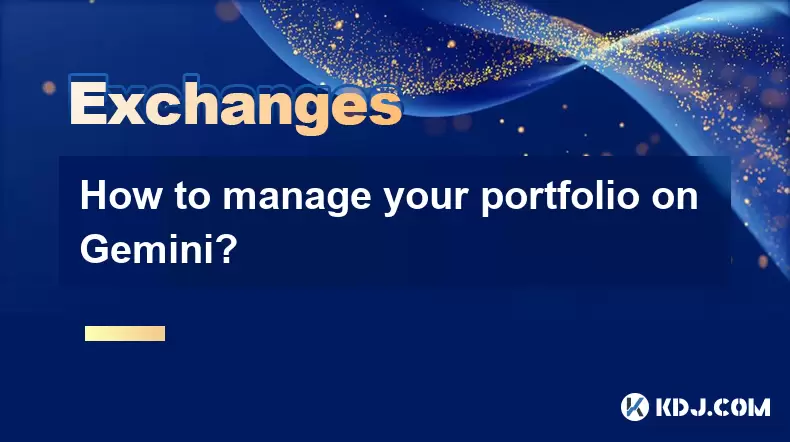
How to manage your portfolio on Gemini?
Aug 03,2025 at 10:36am
Accessing Your Gemini Portfolio DashboardTo begin managing your portfolio on Gemini, you must first log in to your account through the official websit...
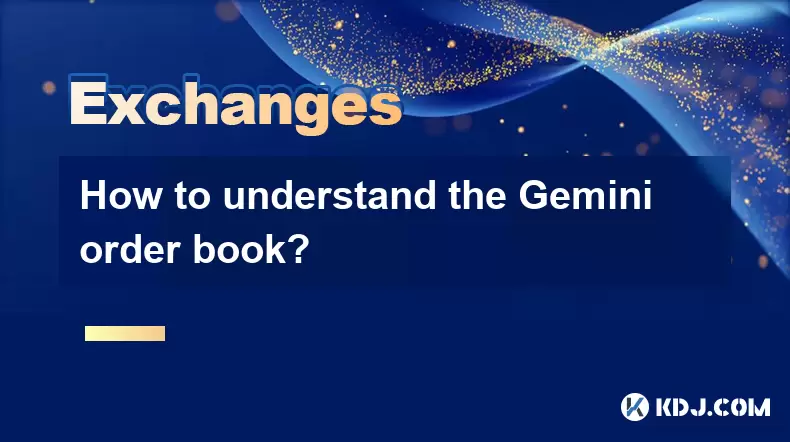
How to understand the Gemini order book?
Aug 02,2025 at 03:35pm
What Is the Gemini Order Book?The Gemini order book is a real-time ledger that displays all open buy and sell orders for a specific cryptocurrency tra...
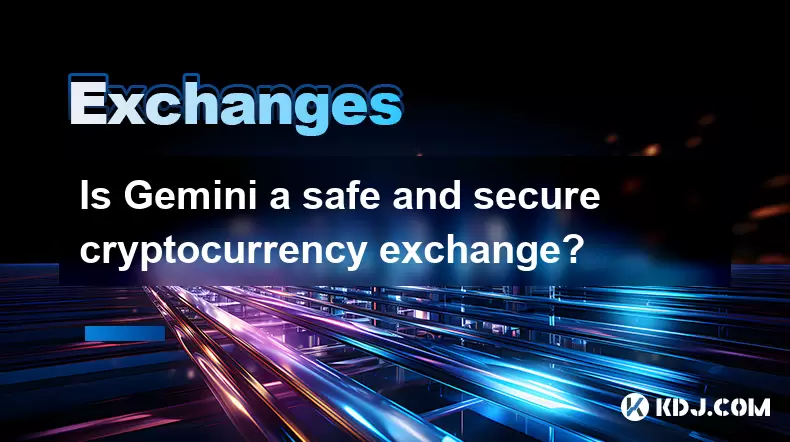
Is Gemini a safe and secure cryptocurrency exchange?
Aug 02,2025 at 10:42pm
Understanding Gemini’s Regulatory ComplianceGemini is a New York State-chartered trust company, which places it under the supervision of the New York ...
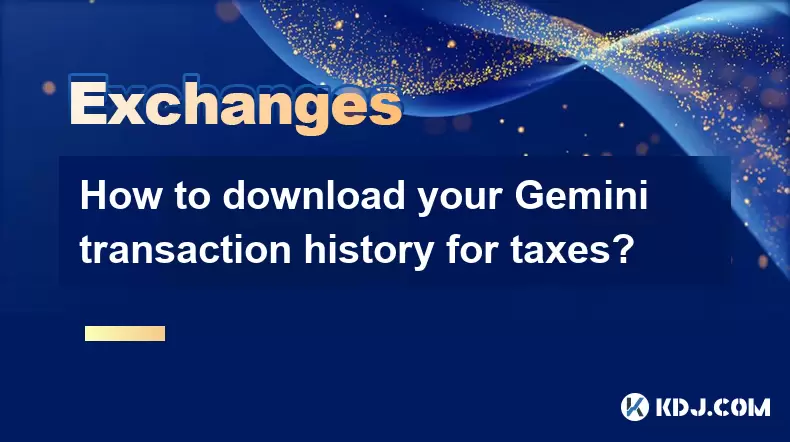
How to download your Gemini transaction history for taxes?
Aug 03,2025 at 09:15am
Understanding Gemini Transaction History for Tax PurposesWhen preparing your cryptocurrency tax filings, having a complete and accurate record of all ...

How to set and manage alerts on the Gemini app?
Aug 03,2025 at 11:00am
Understanding the Gemini App Alert SystemThe Gemini app offers users a powerful way to stay informed about their cryptocurrency holdings, price moveme...

What are the websocket feeds available from the Gemini API?
Aug 03,2025 at 07:43pm
Overview of Gemini WebSocket FeedsThe Gemini API provides real-time market data through its WebSocket feeds, enabling developers and traders to receiv...

How to manage your portfolio on Gemini?
Aug 03,2025 at 10:36am
Accessing Your Gemini Portfolio DashboardTo begin managing your portfolio on Gemini, you must first log in to your account through the official websit...

How to understand the Gemini order book?
Aug 02,2025 at 03:35pm
What Is the Gemini Order Book?The Gemini order book is a real-time ledger that displays all open buy and sell orders for a specific cryptocurrency tra...

Is Gemini a safe and secure cryptocurrency exchange?
Aug 02,2025 at 10:42pm
Understanding Gemini’s Regulatory ComplianceGemini is a New York State-chartered trust company, which places it under the supervision of the New York ...

How to download your Gemini transaction history for taxes?
Aug 03,2025 at 09:15am
Understanding Gemini Transaction History for Tax PurposesWhen preparing your cryptocurrency tax filings, having a complete and accurate record of all ...
See all articles

























































































